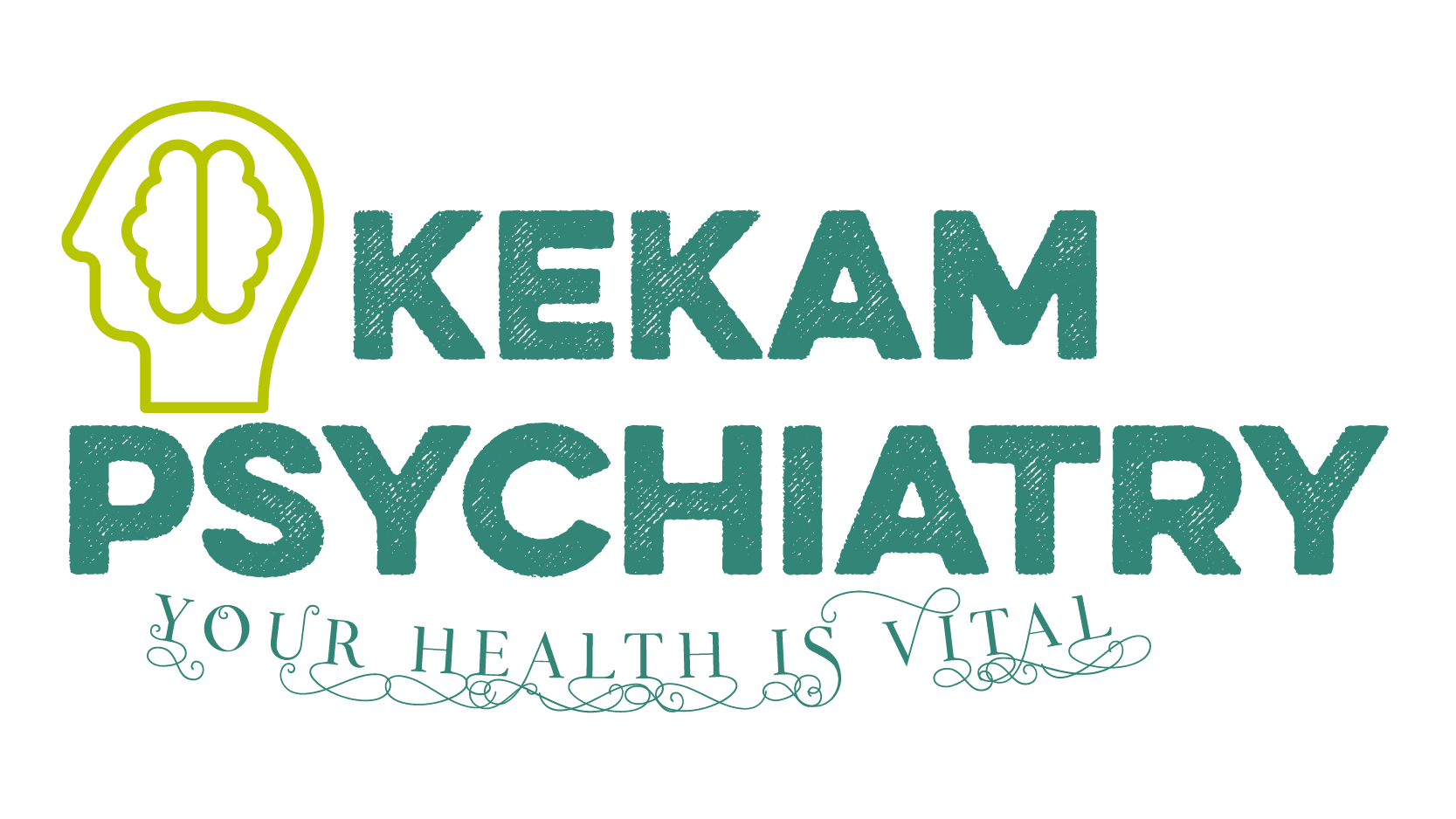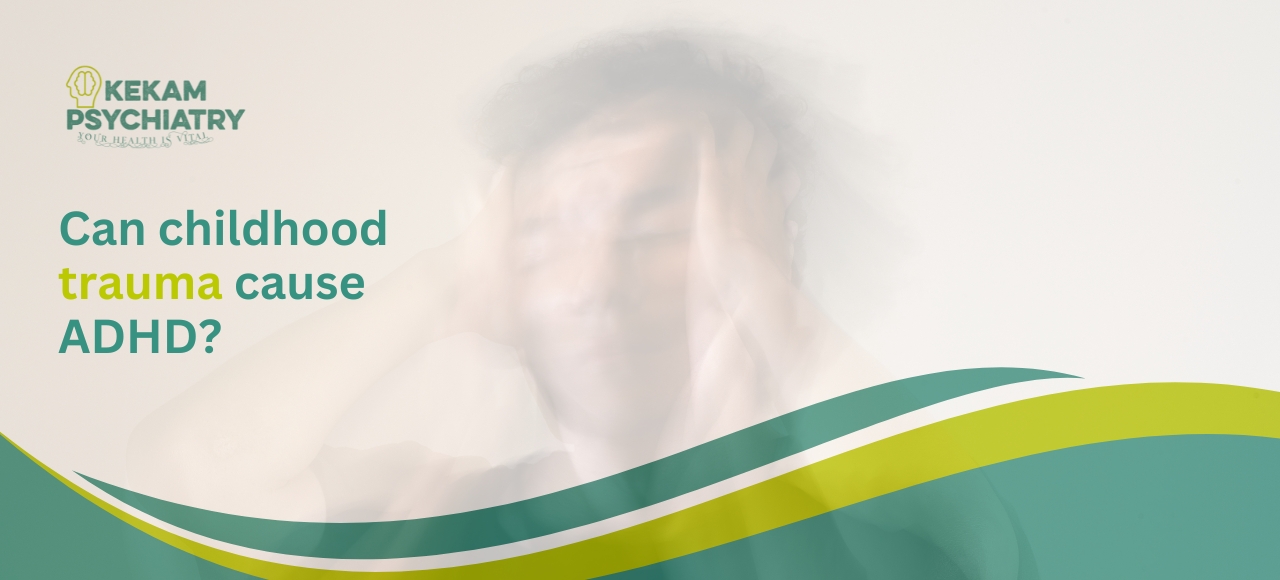Childhood trauma does not directly cause ADHD, but it can have a significant impact on attention, behavior, and emotional regulation — often making ADHD symptoms more noticeable or causing similar challenges.
Understanding ADHD
ADHD (Attention-Deficit/Hyperactivity Disorder) is a neurodevelopmental disorder that typically begins in childhood. It is strongly linked to genetics, brain chemistry, and neural development, not to life experiences alone. Common symptoms include inattention, hyperactivity, impulsivity, and difficulty with organization.
Understanding Childhood Trauma
Childhood trauma refers to distressing or harmful events such as abuse, neglect, household dysfunction, loss of a caregiver, or exposure to violence. Trauma can disrupt the brain’s stress response system, emotional regulation, and cognitive functions.
How Trauma and ADHD Overlap
While trauma does not cause ADHD, it can:
-
Mimic ADHD symptoms — such as restlessness, distractibility, or impulsivity.
-
Exacerbate existing ADHD — making focus, mood regulation, and impulse control more difficult.
-
Delay diagnosis — because trauma symptoms can be mistaken for ADHD or vice versa.
The Role of the Brain
Both ADHD and trauma affect areas of the brain involved in attention, executive function, and emotional control, but in different ways. Trauma triggers the brain’s survival responses, while ADHD is linked to differences in dopamine regulation and neural networks.
Diagnosis and Treatment
Because symptoms can overlap, accurate diagnosis is essential. A qualified mental health professional will assess:
- Family and developmental history
- Exposure to traumatic events
- Symptom patterns and triggers
- Academic, social, and emotional functioning
Treatment may include:
- Therapy for trauma (such as CBT or trauma-focused therapy)
- ADHD management (behavioral strategies, skills training, and possibly medication)
- Supportive environments at home and school
Key Takeaway
Childhood trauma does not cause ADHD, but the two can coexist or be mistaken for each other. Early intervention, proper diagnosis, and targeted support can significantly improve a child’s ability to thrive.

